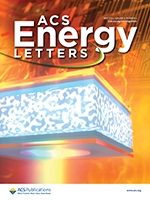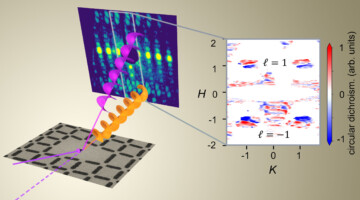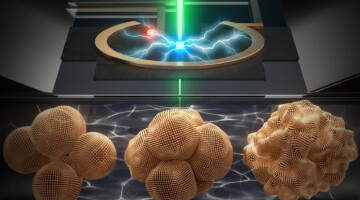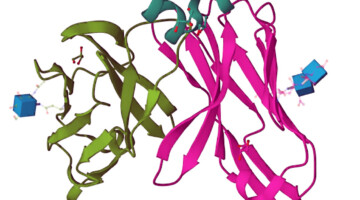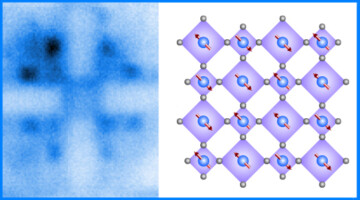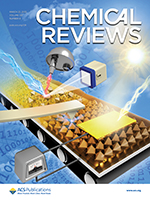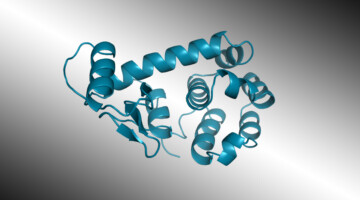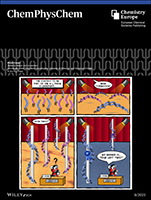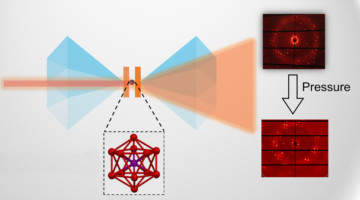Implementing organic photodetectors (OPDs) into Si-based manufacturing process requires high thermal resistance. This work showcases a comprehensive picture of the impact of high thermal stress (at 200 °C, up to 2 hours) on photosensing performance, bulk and interfacial morphologies, and device physics. Read more »
ALS Work Using Scattering/Diffraction
These techniques make use of the patterns of light produced when x-rays are deflected by the closely spaced lattice of atoms in solids and are commonly used to determine the structures of crystals and large molecules such as proteins.
Spiraling Beams Differentiate Antiferromagnetic States
Using spiraling x-ray beams, researchers differentiated between energetically equivalent (“degenerate”) states in an antiferromagnetic lattice. The work shows the potential of these beams to probe properties that would otherwise be inaccessible, to better understand phenomena of fundamental interest and for applications such as spintronics. Read more »![]()
![]()
Extreme Closeup of Copper Electrocatalysts in Action
Researchers at Berkeley Lab have made real-time movies of copper nanoparticles as they evolve to convert carbon dioxide and water into renewable fuels and chemicals. Their new insights could help advance the next generation of solar fuels. Read more »
Gemini Beamline 2.0.1 Banks Its First Protein Structure
A protein structure obtained from ALS Beamline 2.0.1 (“Gemini”) has recently been published in the literature and deposited into the Protein Data Bank (PDB)—two significant firsts for this beamline. The structure helped provide new insights into the molecular mechanisms involved in triggering certain inflammatory diseases. Read more »
Doped Nickelate Enters a New Phase with Spintronics Potential
Rare-earth nickelates are known to undergo a metal-to-insulator phase transition as temperature decreases, the mechanism of which is not well understood. Here, researchers observed a new low-temperature phase that’s both metallic and antiferromagnetic—an unusual combination with potential value in spintronics. Read more »
In Situ and Operando Characterizations of Metal Halide Perovskite and Solar Cells: Insights from Lab-Sized Devices to Upscaling Processes
The performance and stability of metal halide perovskite solar cells strongly depend on precursor materials and deposition methods adopted during the perovskite layer preparation. This review presents an update of studies conducted in situ using a wide range of structural, imaging, and spectroscopic techniques, involving the formation/degradation of halide perovskites. Read more »
Chatbot-Style AI Designs Novel Functional Protein
Researchers used an artificial intelligence (AI) algorithm, similar to those used in natural-language (“chatbot”) models, to design a functional protein that was then structurally validated at the ALS. The work could speed the development of novel proteins for almost anything from therapeutics to degrading plastic. Read more »![]()
![]()
Intrinsically Chiral Twist-Bend Nematogens: Interplay of Molecular and Structural Chirality in the NTB Phase
Cartoon depiction of the formation of the heliconical chiral twist-bend nematic phase (N*TB) from its constituent bent molecules. The presence of a single enantiomer of the chiral, lactate-based liquid crystal dimers biases the formation of helices with only one handedness, unlike in the conventional NTB phase, observed for achiral molecules, for which the left- and right-handed helices are doubly degenerate. Read more »
Electric Vehicle Batteries Could Get Big Boost With New Polymer Coating
Scientists have developed a conductive polymer coating—called HOS-PFM—that conducts both electrons and ions at the same time. This ensures battery stability and high charge/discharge rates while enhancing battery life. The coating also shows promise as a battery adhesive that could extend the lifetime of a lithium-ion battery from an average of 10 years to about 15 years. Read more »
Under Pressure, Gold Nanoclusters Reveal Structure-Property Relationship
Metal nanoclusters have unusual optical properties that are of interest for fundamental reasons as well as for applications like diagnostic imaging and 3D printing. To better understand how nanocluster structure relates to optical properties, researchers performed high-pressure diffraction studies on single crystals of gold nanoclusters. Read more »
- « Previous Page
- 1
- …
- 6
- 7
- 8
- 9
- 10
- …
- 39
- Next Page »
